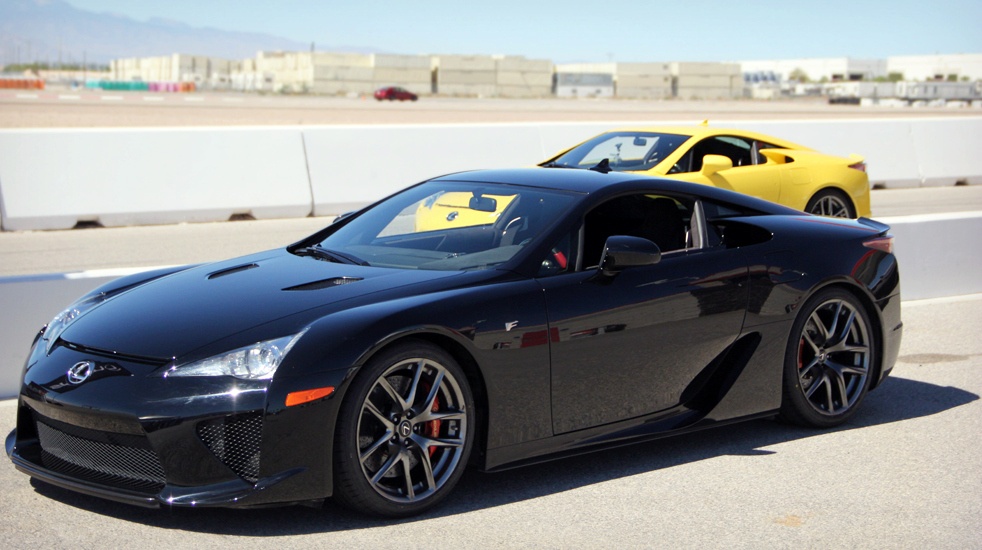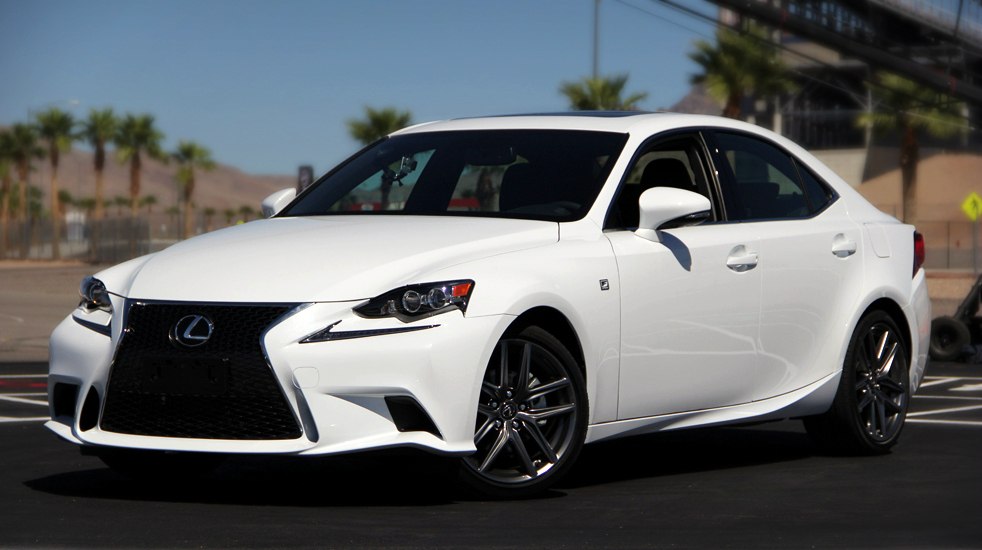When Lexus was born, it was known as “Circle F.” The first car they developed was Flagship One, “F1,” which became the LS. Lexus was born of out of the box thinking; the “F” marque is history repeating.
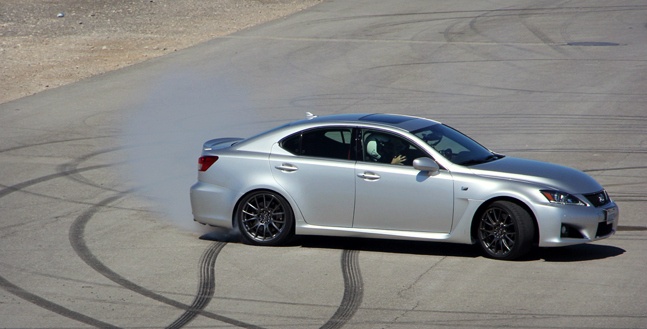
“F” started in 2008 with the IS F, but now includes: LFA, F Sport CT 200h, IS 250/350, IS250/350C, GS350, LS460 and RX350. In order to test the F Sport line, Lexus flew us to the Las Vegas Motor Speedway to race, autocross and beat the shit out of the entire line. The rules were simple: wear safety gear, don’t pass and drive it like it you stole it.
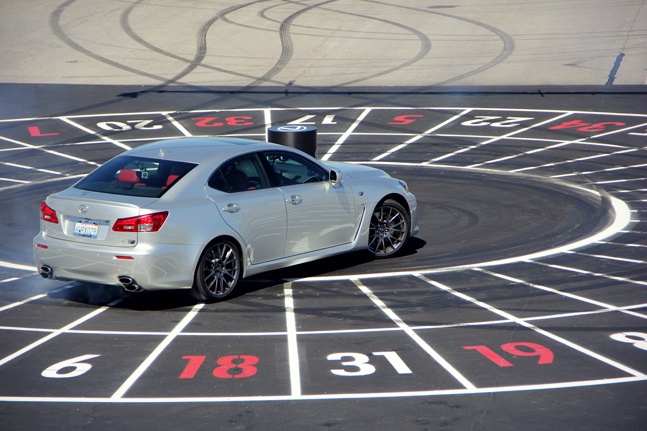
The first car on the block was the IS F that Ken Gushi later used for Drift Roulette (exactly what it sounds like). We made it through three turns of the Road Track with the naturally aspirated beast before switching from Normal to Sport. The change was immediate. We were thrown back in the seat and the suspension was noticeable as we careened into the turn. The tires made phenomenal noises, and the traction control warning light was throwing a tantrum. But the IS F handled everything like a thoroughbred race car that just happens to have four doors. You can get into just enough trouble to have a criminal amount of fun–without dying. It posts the fastest 0-60 and top speed, but it wasn’t our favorite. The mission continued with the LS 460.

Don’t get us wrong, the LS 460 is a fine car. On the plus side, it doesn’t have the separated Nike swoosh running lamps of the IS line; it’s comfortable as shit, and it has acceptable pickup when you’re pushing the pedal through the floor. But it’s still a luxobarge. Sport Plus mode makes it tolerable, but even the F DNA can’t save it from driving like you’re trying to parallel park an iceberg.
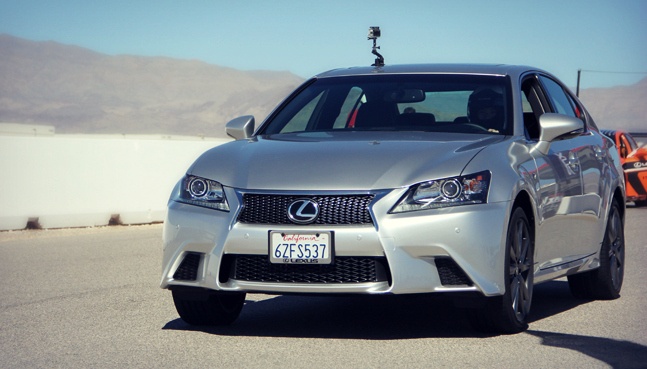
On paper, the GS 350 has sixty less hp and a 0.3 second slower 0-60 than the LS 460. But the higher top speed, shorter wheelbase and diet (400lb lighter) make the “distinguished” F Sport model more our speed. The combination of dynamic rear steering and variable gear ratio steering keep it on target and maneuverable. The spacious interior makes it comfortable even if you’re a big guy wearing a helmet. We’d pick up the GS 350 before the LS 460.
Next up was the IS 250, which we found dull. It’s got spunk in spades, but the price and performance difference between this and the bigger brother IS 350 make it boring in comparison. It’s not that it’s a bad car, but since Lexus pulled the manual gearbox it gets outshined by the 350.

Which brings us to our favorite, the stunning 2014 IS 350. The lines are gorgeous. The pinched grill is mean in a cool way. The seats are grippy without being uncomfortable. The analog clock sits in perfect contrast with the digital nav system above it. The only real complaints we had prior to driving it were the lack of adequate steering wheel adjustment head room and the weird running lights. But none of that matters when you consider drive quality.
The drive in Normal is fine, but double-clicking into Sport Plus is where the real magic happens. You won’t notice much of a difference stopped, but put your foot down and it’s apparent. The suspension is tighter. The eight-speed Sport Direct-shift transmission puts power to the wheels faster than you can click paddles. The additional hundred horsepower it has over the 250 is noticeable off the line and out of the corners, but not in the stopping thanks to beefier 13.1” discs in the front and 12.2” in the back. Tell the IS 350 to go left, it goes left. Tell it to hang out a little on a turn and it will. It drops a respectable 5.6 0-60 and hits 143 on the track, but the entire time you’re trying to break the car it still rides with the luxury everyone expects from Lexus.
After torturing the cars, we finally figured out the F. It’s more than one letter; it’s a whole new lease on life for Lexus. We all want better performance, prettier lines and more fun–without sacrificing creature comfort or mpg. Lexus made that happen with the F Sport line.


